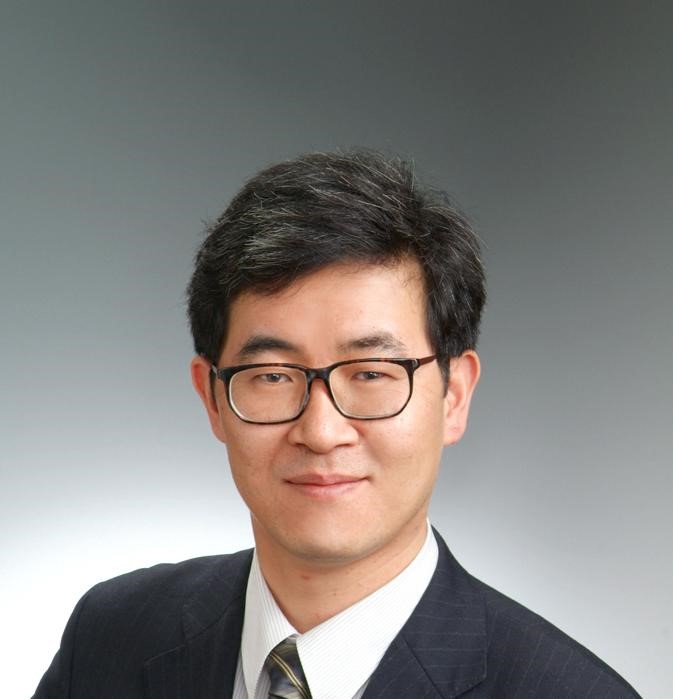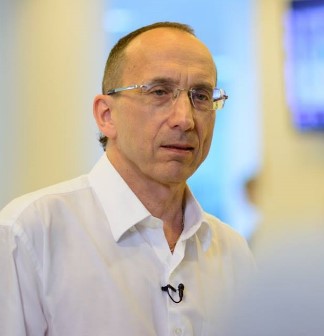Thursday, 15 September 2022, 9:10 – 10:10 THA (11:10 – 12:10 JST)
Recent Advances in Learned Image/Video Compression
Invited Speaker

Prof. Jiro Katto
Waseda University, Japan
Abstract
Recently, deep learning utilizations to image and video compression have attracted attention of many researchers. This trend can be classified into two approaches: (1) replacing a component of international standard codec by deep learning (partial replacement) and (2) implementing a total codec by deep learning (end-to-end). The latter is called learned image compression (LIC), and its compression performance tends to outperform existing international standards just in these five years. In the initial stage, LIC was composed of an autoencoder as non-linear transform followed by quantization and arithmetic coding. In the second stage, variational autoencoder extension had been introduced to improve its entropy coding performance by a hyper prior network. In these years, new deep learning techniques, such as non-local attention and transformer, have been actively incorporated, and rate distortion performances of LIC overcome the most recent international standard, VVC intra. From the practical viewpoint, to reduce computational complexity of LIC, various acceleration techniques and fixed-point implementations of LIC have been also proposed, and some real-time implementations were reported. Furthermore, integration with other computer vision techniques such as object recognition and semantic segmentation, called video coding for machines (VCM), has been started as a new working item of MPEG. This talk will introduce these recent topics about LIC and its motion picture extension, called leaned video compression (LVC).
Biography
Prof. Jiro Katto received the B.S., M.E., and Ph.D. degrees from the University of Tokyo in 1987, 1989, and 1992, respectively. He had worked for NEC Corporation from 1992 to 1999. He was a visiting scholar of Princeton University, NJ, USA, from 1996 to 1997. He then joined Waseda University in 1999 as an associate professor and has been a professor since 2004. He had been an AHG Chair/Co-chair of ISO/IEC JTC1 SC29/WG11(MPEG) from 1996 to 1997. He had been a director of the New Energy and Industrial Technology Development Organization (NEDO) from 2004 to 2008. He has been a program officer of the Japan Society for the Promotion of Science (JSPS) since 2019. His research interest lies in the fields of multimedia signal processing and multimedia communication systems. He is a fellow of the Institute of Electronics, Information and Communication Engineers (IEICE) and the Institute of Image Information and Television Engineers (ITE), and a member of the Institute of Electrical and Electronics Engineers (IEEE), the Association for Computing Machinery (ACM), and the Information Processing Society of Japan (IPSJ).
Friday, 16 September 2022, 9:00 – 10:00 THA (11:00 – 12:00 JST)
Artificial Life for Segmentation of Cancer in Ultrasound Images of Breast
Invited Speaker

Prof. Stanislav S. Makhanov
Thammasat University, Thailand
Abstract
Segmentation of cancerous tumors in ultrasound (US) images of human organs is one of the critical problems in medical imaging. The US images are characterized by low contrast, irregular shapes, high levels of speckle-noise and acoustic shadows, making it difficult to segment the tumor. Yet, US imaging is considered one of the most inexpensive and safe imaging tests available to detect cancer in its early stages. However, an automatic segmentation method applicable to all types of US imagery does not exist. This presentation discusses several novel segmentation methods that combine image fusion, artificial life (AL) and a genetic algorithm (GA). The new algorithms have been applied to US images of breast cancer. The method is based on tracing agents (TA), which are artificial organisms with memory and the ability to communicate. They live inside a fusion image generated from the US and the elastography (EL) images. The TA recognize the patterns of strong edges and boundary gaps allowing to outline the tumor. The new models have been tested against other types of segmentation models, i.e., machine learning, active contours, level set models, superpixel models, edge linking models and selected hybrid methods. The models have been verified on “hard” cases (complex shapes, boundary leakage, and noisy edge maps). The proposed algorithms produce more accurate results than the reference methods on high complexity images.
Biography
Prof. Stanislav S. Makhanov received the M.Sc degree in Applied Mathematics from the Lomonosov State University (Moscow) in 1981 and PhD. from the Computing Center of the Russian Academy of Science in 1988, where he worked as an Associate Professor until 1993. From 1994 until 1999 he was a Visiting Professor with King Mongkut’s Institute of Technology, Ladkrabang and Associated Faculty with Asian Institute of Technology of Thailand. He is currently a Full Professor and a Head of the Center of Excellence in Biomedical Engineering with Sirindhorn International Institute of Technology, Thammasat University of Thailand. He is teaching courses in Applied Mathematics and Computer Science. He is the Editor of Mathematics and Computers in Simulation (Elsevier) and the Editorial Board of Health Informatics (Sage Pub). His webpage is https://www.siit.tu.ac.th/personnel.php?id=120.